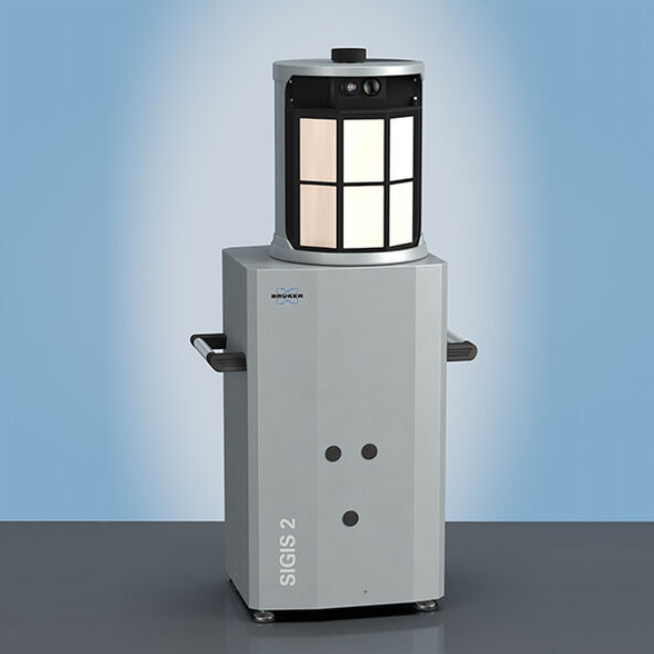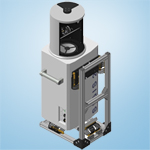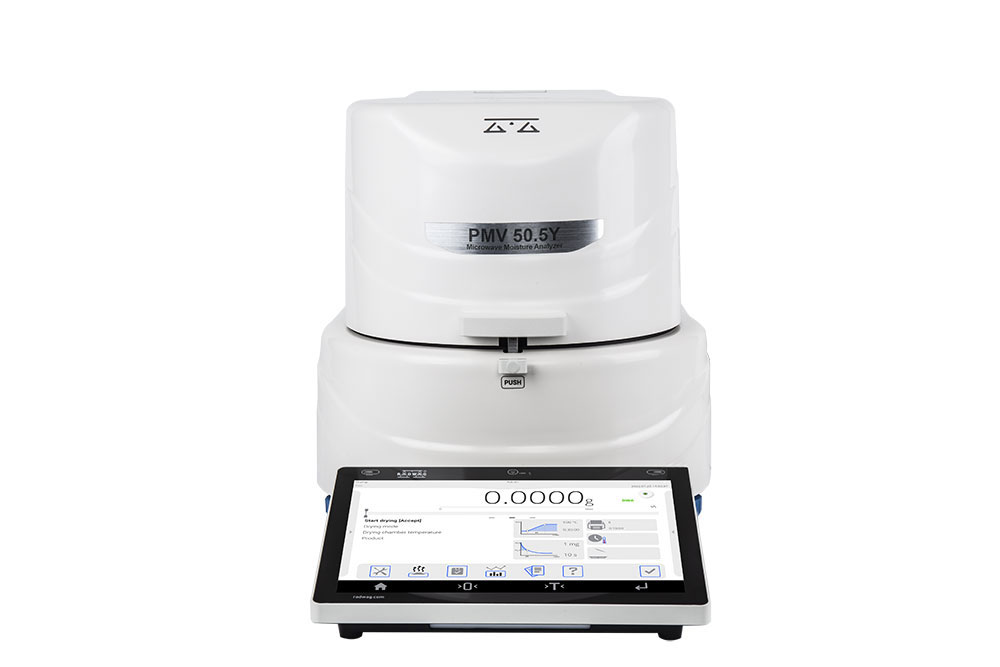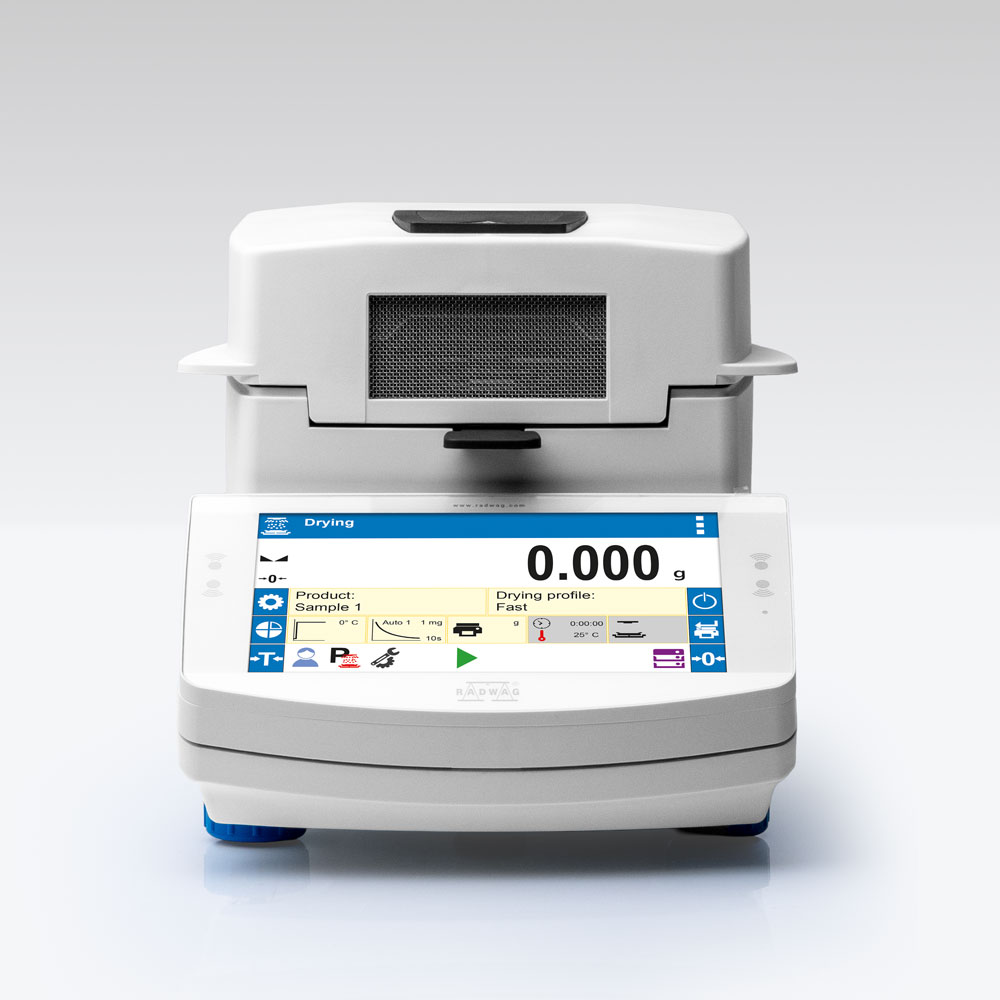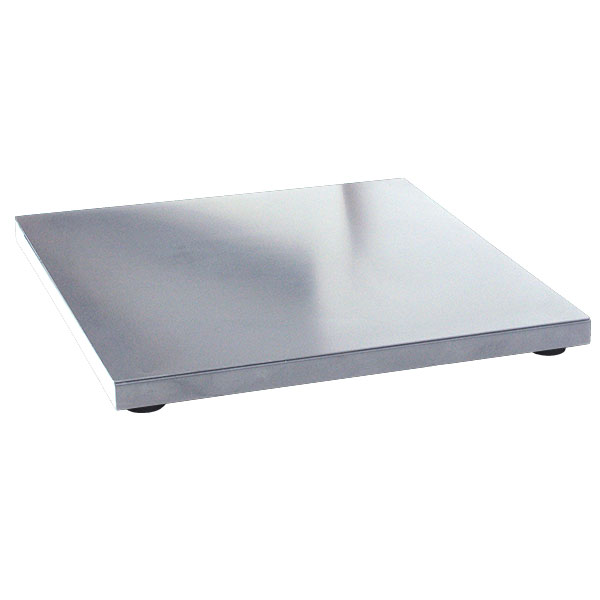Kirjeldus
- Automatic real-time identification and quantification of target compounds like ammonia
- Passive long-range detection (telescope), no external light sources or reflection optics necessary
- Low detection limits due to high optical throughput and lowest noise
- Compensation of atmospheric gases and interfering compounds
- No calibration to target gas necessary, automatic radiometric calibration
- Large real-time spectral library and an extended offline library available (TICs and CWAs)
- Ready for continuous surveillance (24/7)
- Video- and infrared cameras for day and night vision
- Automatic upload of data to a server 360°-surveillance
- Comprehensive software package available
The system measures a selected area and visualizes a chemical image overlaid on a video image as a result of the automatic analysis. SIGIS 2 systems are applied in industrial facility surveillance, environmental applications, atmospheric research, and volcanology and are part of the equipment of emergency response forces around the world. Since the SIGIS 2 is a passive remote sensing system, no external light sources or reflection optics are needed.
Simple Operation simple
The image of the scene is displayed by a camera (video or infrared). In the basic mode of operation the operator chooses an area to examine by drawing a frame in the video image. Then the scanning mirror sequentially scans the scene and the incoming infrared radiation is analyzed in real time. The results are visualized by the video image, overlaid by an image of the potentially hazardous gas cloud. This direct display of the cloud image in the video image allows simple assessment of the position and the size of the cloud. The combination of a rotating head with a scanning mirror allows 360°-observation and imaging.
